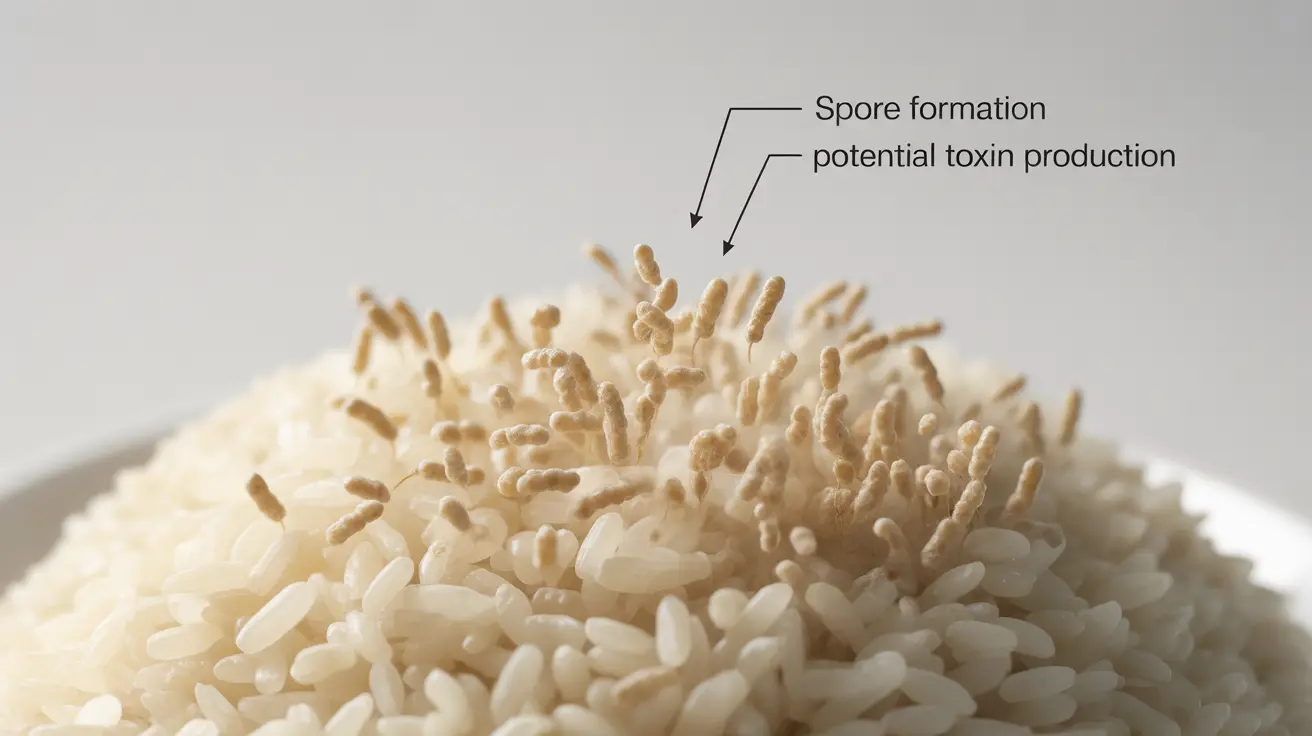If you've ever wondered about the safety of eating leftover rice, you're not alone. Reheated rice syndrome, caused by Bacillus cereus bacteria, is a significant food safety concern that many people don't know about. Understanding this condition is crucial for anyone who regularly cooks and stores rice.
While rice is a staple food for billions of people worldwide, improper storage and reheating can lead to food poisoning. Let's explore what causes this condition, its symptoms, and most importantly, how to prevent it.
Understanding Bacillus Cereus in Rice
Bacillus cereus is a naturally occurring bacteria found in raw rice. These bacteria can form protective spores that survive the initial cooking process. When cooked rice is left at room temperature, these spores can germinate, multiply, and produce toxins that cause food poisoning.
The bacteria thrive in warm, moist conditions, making improperly stored cooked rice an ideal breeding ground. Even reheating contaminated rice to high temperatures won't eliminate the toxins once they've formed.
Recognizing the Symptoms
Reheated rice syndrome typically manifests in two distinct forms of illness:
- Emetic (vomiting) type: Symptoms appear within 1-5 hours
- Diarrheal type: Symptoms appear within 8-16 hours
Common symptoms include:
- Nausea and vomiting
- Diarrhea
- Abdominal pain
- Mild fever
- Weakness
Safe Rice Storage and Reheating Guidelines
Preventing reheated rice syndrome is straightforward when following proper food safety practices:
Proper Storage
- Cool rice quickly (within one hour of cooking)
- Store in an airtight container
- Refrigerate at 40°F (4°C) or below
- Keep for no longer than 24 hours
Safe Reheating
- Heat thoroughly until steaming hot
- Ensure the internal temperature reaches 165°F (74°C)
- Never reheat rice more than once
- Discard any rice that's been left at room temperature for over two hours
Beyond Rice: Other Risk Foods
While rice is commonly associated with Bacillus cereus food poisoning, other foods can also harbor these bacteria:
- Pasta and noodles
- Dried herbs and spices
- Dairy products
- Dried meat products
- Vegetables
Frequently Asked Questions
What causes reheated rice syndrome and how does Bacillus cereus survive cooking? Reheated rice syndrome is caused by Bacillus cereus bacteria, which forms heat-resistant spores that can survive initial cooking. These spores germinate and multiply when cooked rice is left at room temperature, producing toxins that cause illness.
What are the common symptoms of reheated rice syndrome and how soon do they appear after eating contaminated rice? Symptoms include nausea, vomiting, diarrhea, and abdominal pain. The vomiting type appears within 1-5 hours of consumption, while the diarrheal type develops within 8-16 hours.
How can I safely store and reheat rice to prevent reheated rice syndrome? Cool rice quickly after cooking, store it in an airtight container in the refrigerator at 40°F (4°C) or below, and use within 24 hours. When reheating, ensure the rice is steaming hot throughout and only reheat once.
What should I do if I experience symptoms like vomiting or diarrhea after eating leftover rice? Stay hydrated, rest, and monitor your symptoms. Most cases resolve within 24 hours. If symptoms are severe or persist longer, seek medical attention, especially if you're experiencing severe dehydration or high fever.
Are other foods besides rice at risk for causing Bacillus cereus food poisoning? Yes, Bacillus cereus can affect various foods including pasta, dried herbs and spices, dairy products, dried meats, and vegetables. Proper food handling and storage practices should be applied to all potentially risky foods.




